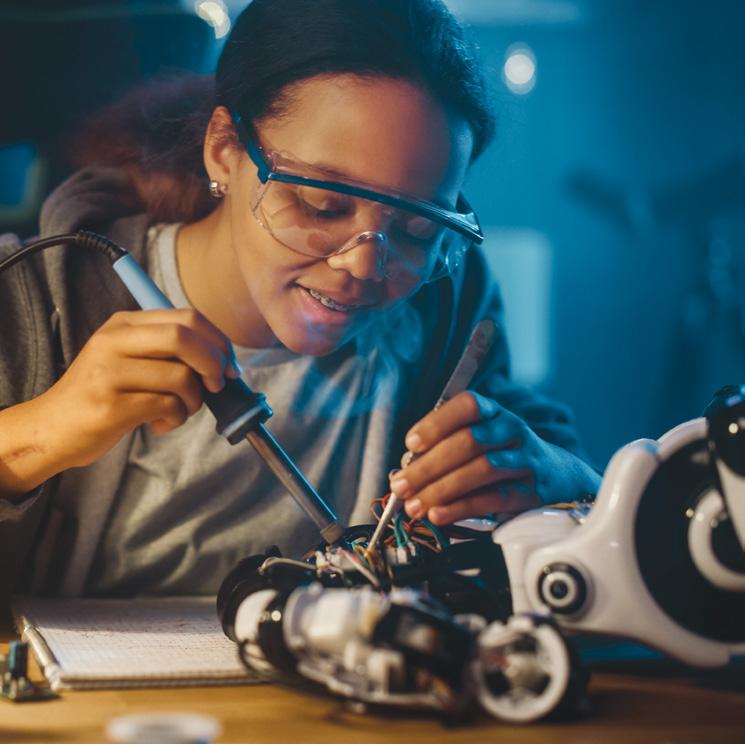with STEM™ CAREERS JOB KIT
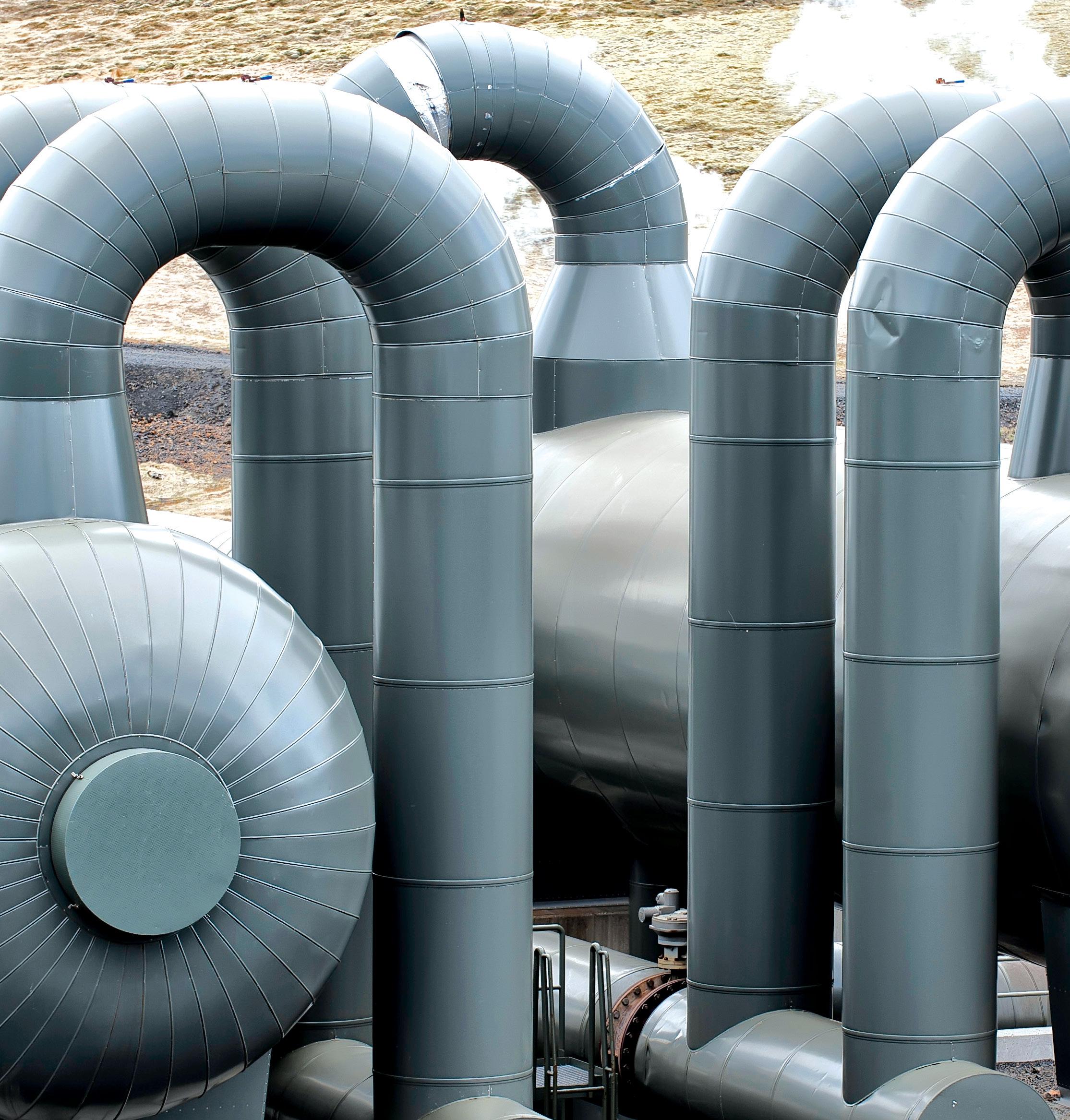


Solve the world’s biggest energy challenges

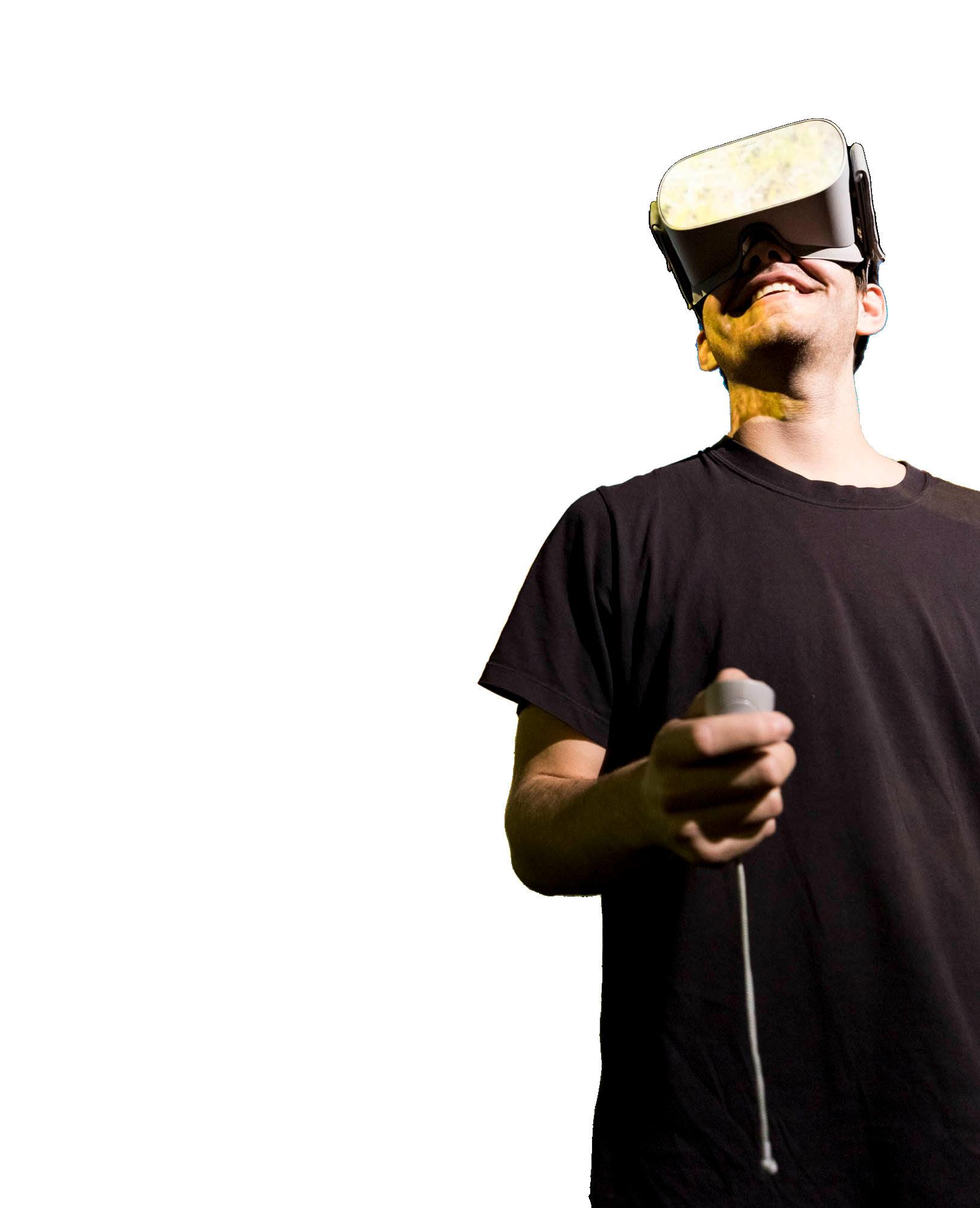

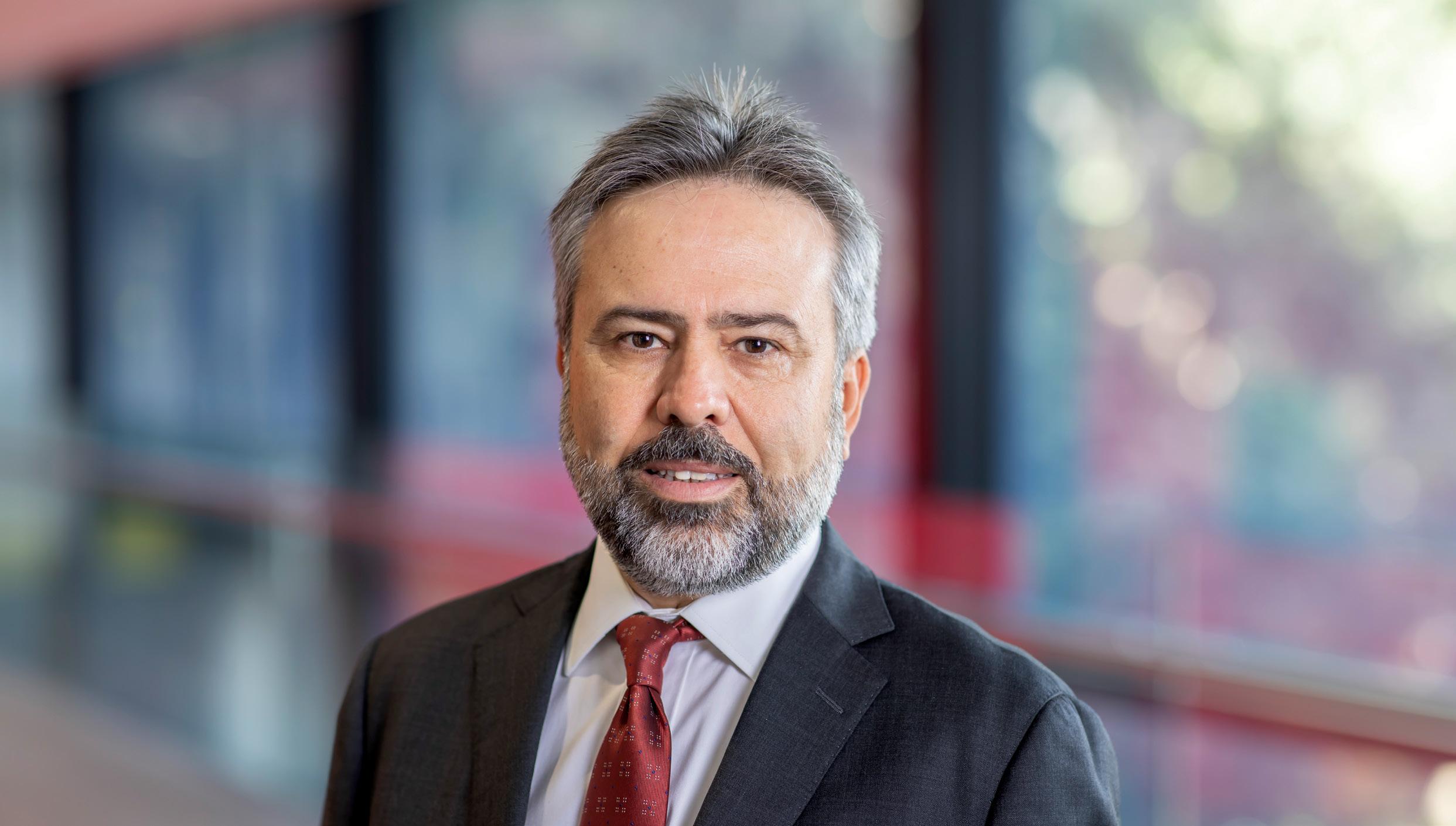
Major
What if we could capture carbon dioxide straight from the air, and then bury it?
Carbon doesn’t respect borders or politics, which means reducing carbon is a global challenge. But many industries and developing countries will rely on fossil fuels for decades to come.
We need change, but we cannot solve our energy problems with solar and wind energy alone – our planet simply doesn’t have the resources.
So, what to do?
At UNSW, we believe it can’t be business as usual. We need to turn this challenge on its head.
Paradigm shift
In a bold step toward a carbon-neutral future, at UNSW we have launched a groundbreaking new engineering degree in geoenergy and geostorage
Geostorage engineering is about reimagining how we tackle climate challenges. It asks the critical question: what if we complemented reduced carbon emissions with increased carbon storage?
This degree is a world-first of its kind. You’ll gain skills in permanent carbon storage, seasonal hydrogen storage, and storage of other innovative energy sources such as pressure and temperature.
You’ll also study geothermal energy, learning to unlock Australia’s deep geothermal potential. And you’ll study sustainable extraction of critical minerals – resources like lithium that we need for solar panels and wind farms.
As a geostorage engineer, you’ll learn to work economically, use resources efficiently, and minimise environmental impact. The challenges are immense, but so is our capacity for innovation. We have solved complex problems before, and we will again.
At UNSW, for example, we are partnering with industry to advance the technology that takes carbon dioxide from our atmosphere and mineralises it underground: we basically pump carbon dioxide into the ground, where it turns to rock in a process that also happens to release hydrogen, a promising renewable energy source.
If you have imagination and ambition, you’ll make a fantastic geostorage engineer. You’ll work across traditional and emerging energy sectors. You’ll be highly employable, equipped with versatile skills. You’ll be ready to make innovative, impactful contributions to our environment and energy.
Help us unlock a new future. Professor
Shape the energy landscape of the future as a geostorage engineer
The world is pumping out too much carbon dioxide. Geostorage engineers work to permanently capture these emissions by injecting CO2 back into the earth – often into depleted oil reserves or deep saline aquifers – to help reach Net Zero emissions and combat climate change.
you’re innovative and love blue-sky thinking
you’re creative and curious
you want to work in mining and resources
you want to improve sustainability
Graduate from UNSW’s Bachelor of Engineering (Honours) (Geoenergy and Geostorage) and you’ll have the skills to work in any energy engineering area.
• Reservoir Engineer
• Drilling Engineer
• Completion Engineer
• Decommissioning Engineer
• Petroleum Engineer
• Subsurface Resource Manager
• Environmental Consultant
• Sustainable Energy Advisor
• Energy Systems Analyst
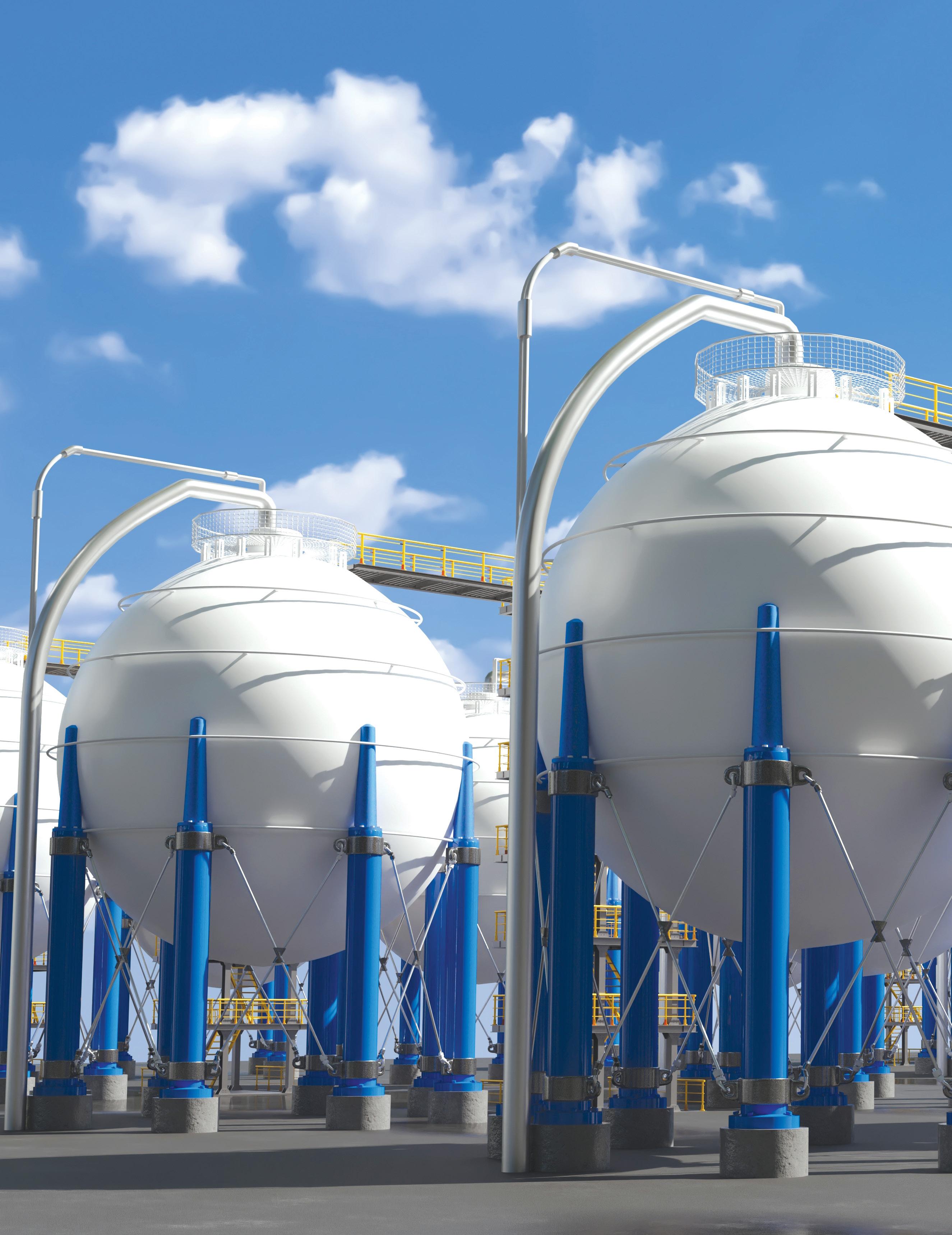
Decarbonisation is the process of reducing carbon emissions to achieve Net Zero. Geostorage contributes to decarbonisation by storing underground.CO2
The carbon capture, use and storage (CCUS) market has been estimated at $US 4 trillion by 2050.
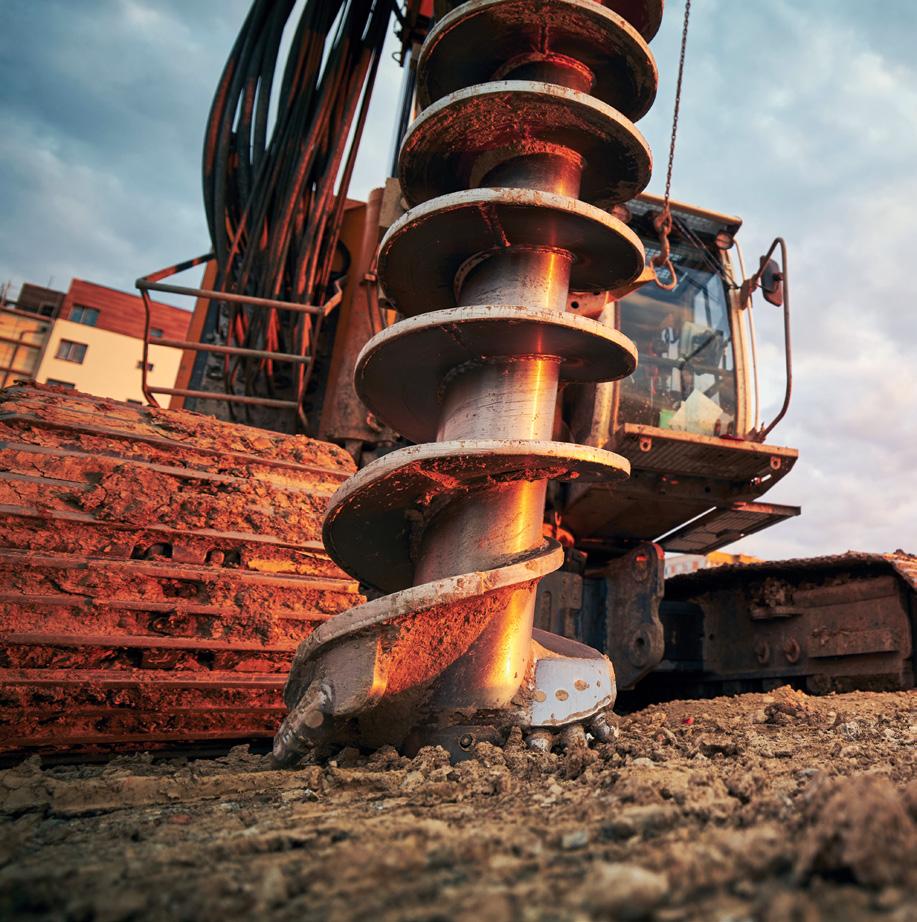
• Global emissions of energy-related CO2 were 34,000 million tonnes in 2019. IN
• An estimated 2,400 to 3,700 billion tonnes of CO2 can be stored underground in the US alone.
• The world’s largest carbon capture and storage project, the Alberta Carbon Trunk Line in Canada, compresses and stores up to 14.6 million tonnes of CO2 per year.
Studying a Bachelor of Engineering (Honours) (Geoenergy and Geostorage) isn’t just about carbon. You’ll also get into geoenergy and petroleum production as part of your degree:
Steam-powered solutions:
Australia is rich in deep geothermal energy, and potential. What if we could use steam from naturally heated water to power turbines?
Brine extraction:
On our seabed, geothermal flumes are rich in the critical minerals we need for solar panels and wind farms. But, mining the seabed is ecologically destructive. What if we could extract geothermal brines instead?
Pressure batteries:
How do we store the energy we create? What if we used solar energy to pump hydrogen gas into the ground during the day?
Sustainable petroleum production: Can petroleum production be more environmentally friendly? In your final year capstone course, you’ll design a petroleum extraction project with potential to be net carbon-negative.
Simply the best UNSW’s engineering faculty consistently ranks as the best in Australia. You’ll get hands-on experience, access to global research, industry placements and flexible doubleoptions.degree
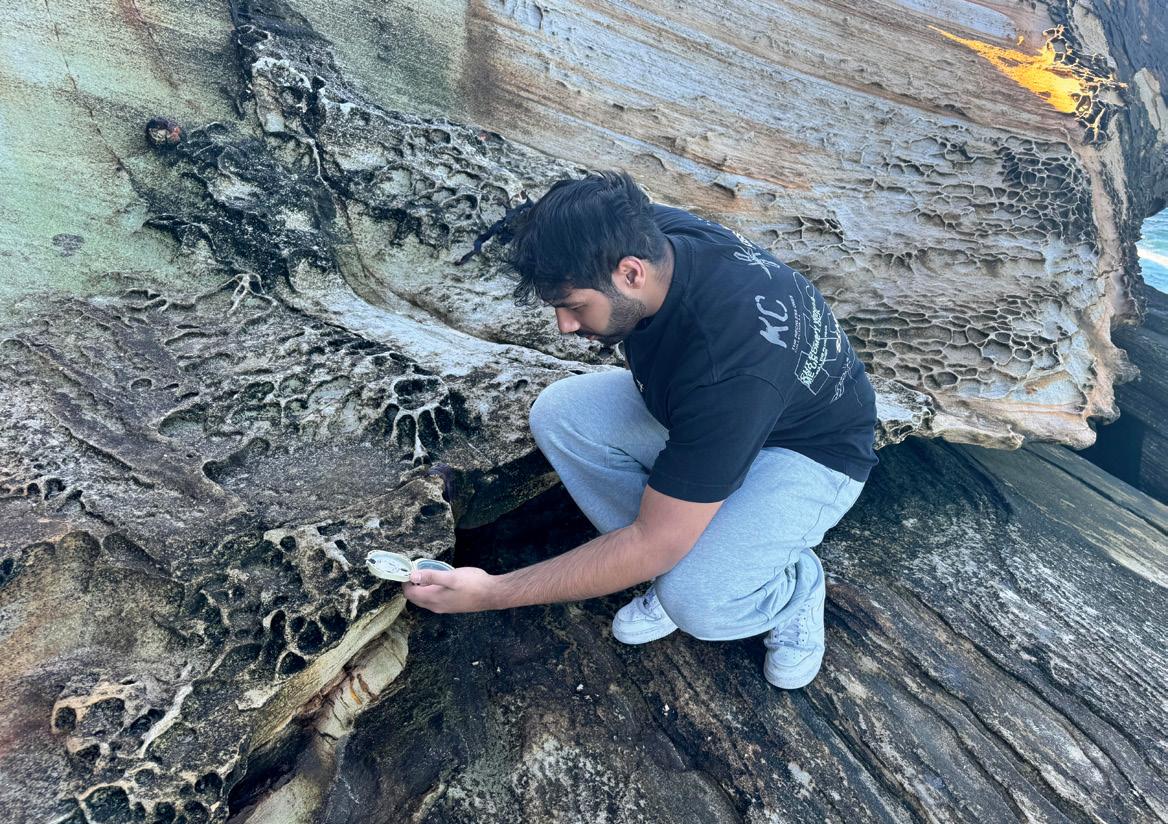
This is one of the most relevant and forward-thinking engineering degrees right now. It is not just theory. Through technologies like carbon storage, we are helping drive the shift to cleaner energy. This is a challenge the world will have to face sooner or later, and we are already working on it.
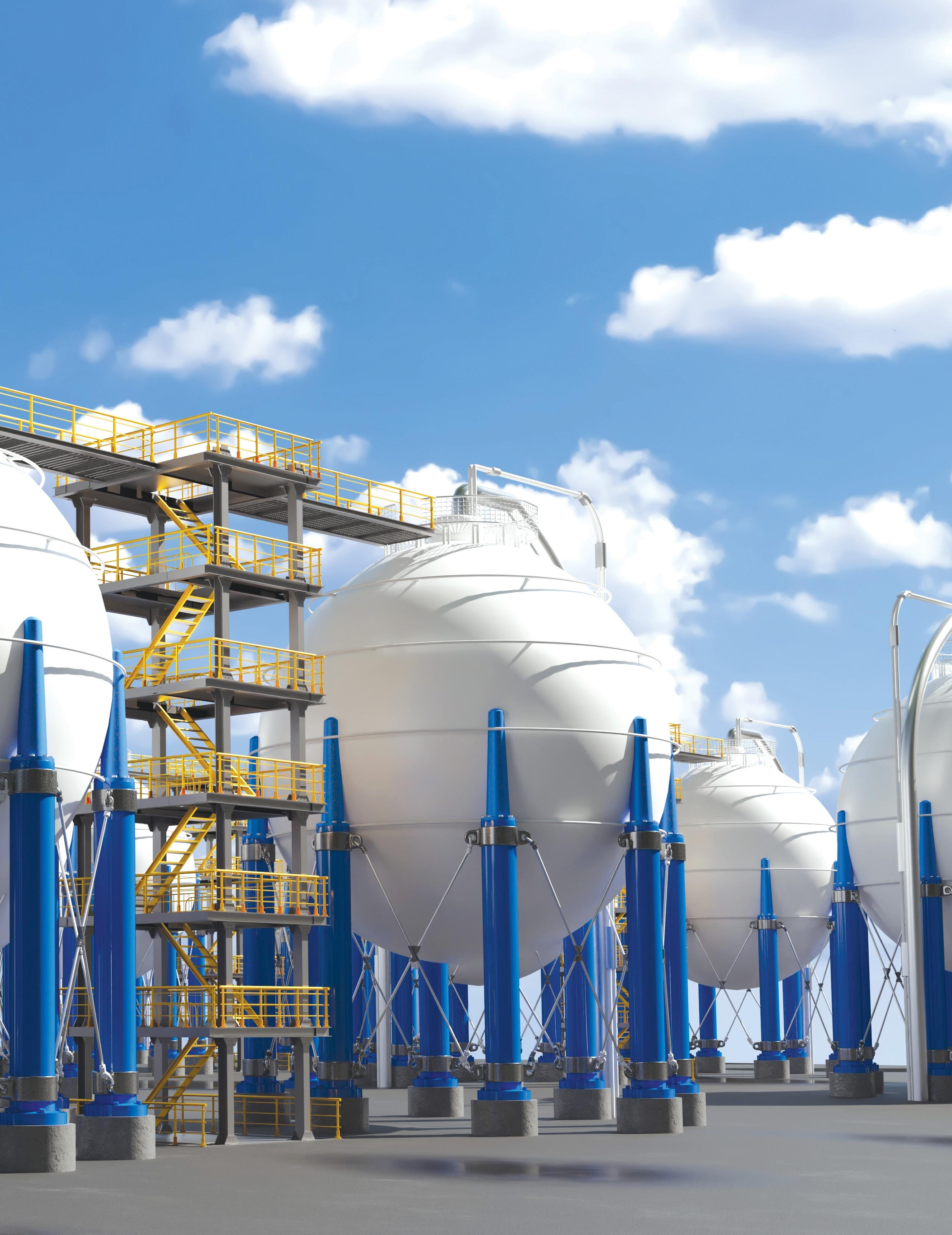
It’s all a big puzzle. You need to think outside the box, be creative, and work well in a team.

STUDY AT UNSW ON SCHOLARSHIP: Visit scholarships.unsw.edu.au or scan FOR MORE INFO.
Yes, it is a growing field with real impact. It’s meaningful and powerful, and it keeps you thinking.
If you want to engineer the future, this is your path.

It was during UNSW’s Introduction to Engineering Design and Innovation that Xibo Hao had an epiphany.
She always knew she wanted a job related to the environment, but it wasn’t until she discovered CCUS – Carbon Capture Utilisation and Storage – that she knew what she wanted to do for a career.
“We’ll capture CO2 from many industrial sources,” Xibo explains. “Some will be reused, and some will be securely stored underground.” Kind of like building a maximum-security prison for carbon, CCUS projects aim to store excess CO2 in the earth forever. “This would significantly reduce climate change caused by CO2,” Xibo says.
Xibo made the decision to study a Bachelor of Engineering in Geoenergy and Geostorage Engineering (Honours) at UNSW.
“UNSW is one of the top universities for engineering,” she says. “I found so many people doing research in areas that I haven’t even heard about, and it’s so interesting to learn new things.”
One new area Xibo has been exploring is mathematical writing, part of her maths unit. “I had never imagined writing for maths,” she says. “I was thinking ‘am I crazy or is the world crazy?’ but that assignment really helped me improve my mathematical thinking skills.”

IN GEOSTORAGE AND GEOENERGY
Now, Xibo is aiming to become an engineer in a CCUS project.
“I want this to be my future career,” she says. “Designing and constructing a CCUS project sounds fascinating. It’s kinda like making a kid, watching it grow up and celebrating when it has success.”
Her advice for other future geostorage engineers?
“If you are interested in saving the earth, follow your heart and do what you think is right.”
The potential of geostorage is unlimited”

UNSW graduate Dom (Yudong) Yuan has one of engineering’s most important roles
As a kid growing up in China, solving problems got Dom hooked on all things STEM. With an interest in science and geology, the keen “solutions finder” chose to study petroleum engineering, where he picked up experience in sustainability and geoscience.
On a mission to upskill and deepen his understanding of geoenergy, Dom made the move to Sydney where he became a doctoral candidate at UNSW, continuing his focus on petroleum engineering. “I’ve always been really drawn to the field,” he says. “I was either at my computer modelling or doing various lab experiments.”
Graduating with top-notch geoscience skills, Dom scored a string of environmental consultancy roles and eventually a renewable energy engineering gig at Denison Gas.
STEM can help us find solutions to real-life problems”
High stakes, high reward
As project manager in such a high stakes, high reward field, Dom spends his nine-to-five addressing climate change by implementing sustainable solutions for energy extraction and storage. At the top of his epic to-do list? Repurposing a depleted gas reservoir into a compressed air energy storage (CAES) plant.
“Geostorage engineering covers geothermal energy storage, compressed air energy storage, hydrogen storage and carbon storage,” Dom says of his role. “... All critical for energy transition and the target of Net Zero emissions.”
Just another day at the office, right?

Dom (Yudong) Yuan renewable energy engineer denison gas
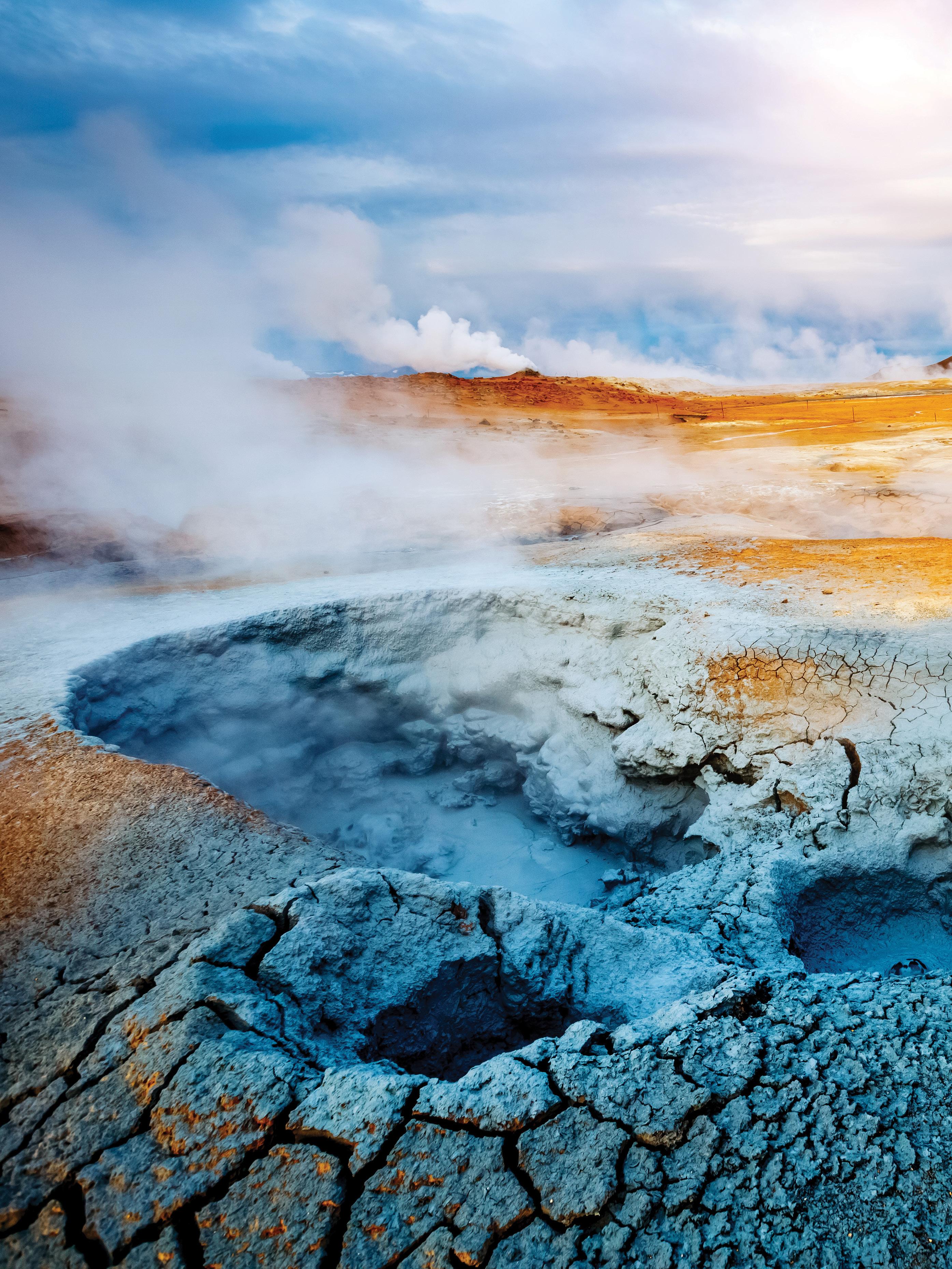
Day in the Life...
9am
Tackle inbox.
10am
“Discuss current projects – at the moment it’s the CAES plant.”
11am
Coffee break. “I often use this time to brainstorm with colleagues.”
11:15am
Dedicated project design time.
“This is when we do all our modelling and calculations. My role is to evaluate the technical feasibility and conduct the engineering design.”
1pm
Site visit to assess surface facilities like wellhead and gas pipelines to be repurposed for CAES.
4pm
Update with other teams. “We use this time to discuss things like outstanding land access and any pressing environmental issues.”
Unearth your potential in the world of geostorage engineering
Follow: @geoscienceaustralia (Instagram)

If you love all things geo, you’ll want to keep in touch with Geoscience Australia. This account digs into a wide range of topics, helping you stay in touch with Earth science inspo.
Play: Minecraft
Manage resources, alter landscapes and build infrastructure. As a player, you also need to consider land use, efficient system design and resource acquisition.
Read: Carbon capture technology explained
Learn how we’re tackling the task of removing 10 billion tons of CO2 per year.
Travel: Around the world in 22 carbon capture projects
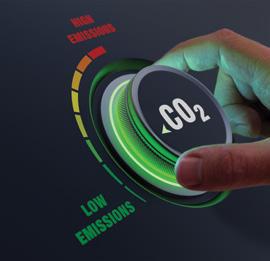

To read this job kit online scan here

Do try this at home
Tim Tam geology
Ever noticed how Tim Tam biscuits can soak up milk? In the same way that fluids can move through rocks, milk can flow through the delicious crispy biscuit of a Tim Tam. This makes Tim Tams a terrific model for simulating how oil, gas, groundwater and liquid CO2 might flow through underground rock formations. Start studying today!
Soda stream science
Want a visual on how CO2 geostorage works? Make a fizzy drink using a soda stream machine. That soda stream cannister is full of high-pressure carbon dioxide. When you inject the high-pressure CO2 into the water, the gas simply dissolves. Much the same thing happens when CO2 is absorbed into a rock mass underground.

Check out what other countries are already achieving in carbon capture.
Search: Check out the global CO2RE database of commercial carbon capture facilities
Where would you like to go? What project would you like to work on?
